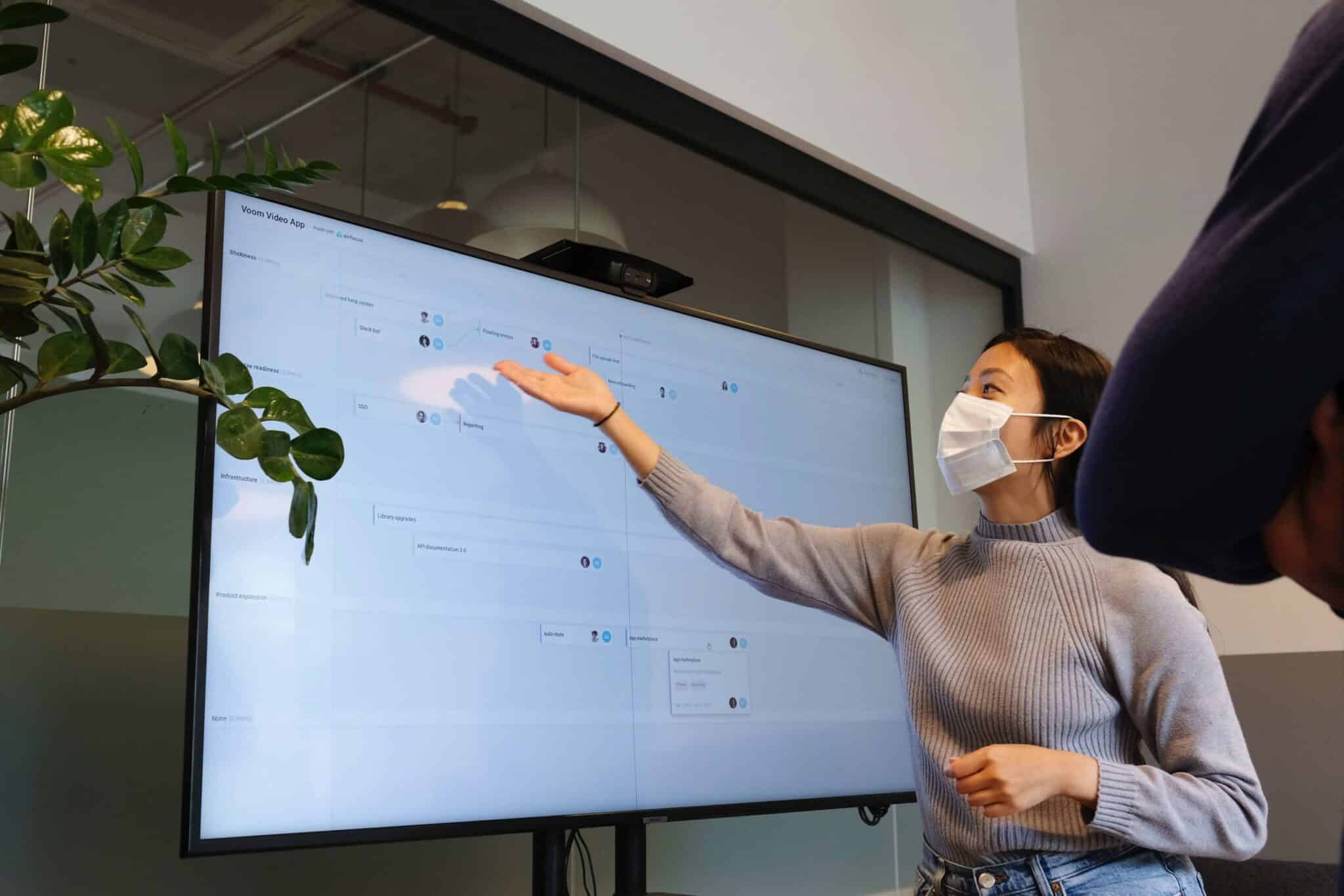The rise of eLearning
Integrating technology into teaching and learning has never been more important, as eLearning has forced teachers and students to widen their technological capacity.
There has undoubtedly been an even greater uptake in usage since the pandemic began. Whether it’s virtual tutoring, video conferencing tools, learning management systems, language apps, captions or even transcription, the list of teaching technology is boundless.
Core eTeaching challenges
For teachers and lecturers that had never taught online before, the speedy and unforeseen switch to online teaching may have felt like an uphill battle. Challenges included:
- A lack of organization – especially during the initial switch
- The digital divide – not all students (and even some teachers) have access to a stable internet connection or spare laptop to utilize for classes
- Using unfamiliar technology – before the pandemic, few teachers and students were using video conferencing platforms like Zoom or any other types of teaching technology
- The struggle to keep students engaged – keeping students engaged in class is tough enough, add a screen and the challenge only increases
Beneficial practices and technology for teachers
For teachers looking into how to incorporate technology into learning, there are plenty of proven practices that can be used to address the challenges discussed above. Particularly, when it comes to eTeaching, there are new emerging technologies that can be used.
1. Organizational software – Learning Management System
With educational institutions modifying classes and teaching lessons via video conferencing, a learning management system (LMS) is a must-have for educators. An LMS is a single platform for lesson content, assignments, assessments and a place to make course material accessible online. An LMS can be used to build online courses and used to offer online assessments (via tests and quizzes). Educational LMS’s have performance dashboards and even communication features that enable communication with students and parents via messaging and discussion forums. With an LMS in hand, teachers can organize all of their content and deliver online courses to students in a far more convenient and efficient way.
2. Scheduling software
Whether you’re scheduling classes, one-on-one’s with parents or conferences, there are many scheduling software options available. Though a good LMS should include this option, for those that aren’t using one or want an additional tool, make use of scheduling software such as Calendly. Many schools use the solution to enroll applicants, schedule events and more.
3. Increase accessibility and engagement
For students that are hard of hearing or who have learning disabilities such as dyslexia or ADHD, transcripts and live captions of lessons are a lifesaver. With real time captions, students can better absorb what’s being said and even help decipher difficult accents. Moreover, students studying at home in a loud environment can better follow classes leading to not only to increased accessibility, but also engagement for all students. The software simply allows all students to follow and better digest online materials.
Transcription software, such as that offered by Verbit, enables students to take better notes during and after lessons. Those who missed a class can access the transcript, or when studying for an exam in the future, refer back to it. Transcripts are particularly useful for students in higher education. Students can highlight sections, search keywords to find phrases and better follow classes.
With captions coming to be something that is expected in the modern world, and institutions fighting to keep up with disability laws, this software solution is a must-have.
4. Gamification for increased engagement
Gamification and interactive elements can help keep students engaged while creating a more creative and multidimensional learning environment. Researchers have discovered that gamification can be used in education by utilizing elements of video games in order to provide interactivity and enhance learning outcomes. Many LMS systems, especially those designed for educators, include gamification in the platform. Other companies such as Coreaxis, specialize in education gamification.
Teaching must-haves: Gadgets & technology for teachers to increase efficiency
In addition to the more heavy-duty software mentioned above, there are plenty of gadgets and technologies for teaching online to further help increase the efficiency and quality of your classes. Here’s a short list of teaching must-haves to look into (if you aren’t already using them):
- Higher definition web-cameras and lighting accessories to improve video quality – ideally, this should be the first thing on your teaching must-haves list. Investing in a high definition camera and ring light stand can make all the difference for engagement.
- Wireless microphones – with a wireless microphone, not only will your students be able to hear you better, but you won’t have to fiddle around with, or worse, trip over, loose wires as you passionately get into a subject. Using wireless microphones in conjunction with transcription and captioning software will also allow the software to better pick up on what’s being said, and therefore, provide more accurate transcripts and captions for your students.
- Pen pads and tablets – in addition, or perhaps even alternative to your conventional wired computer station or laptop, you may want to consider using a pen pad or tablet. This comes down to simple preference, but some may find it easier to write on interactive whiteboards with a pen pad, or even benefit from lightweight devices, allowing for easier location shifting.
- Document camera – document cameras are a modern-day replacement for transparency projectors allowing you to project documents and images digitally. There are many benefits and uses for document cameras in the classroom. They can be used to read and write along with your students, bring science labs to life, review and discuss tests and work well for demonstrating visuals in the arts and sciences. Moreover, they are great for the environment as they help to save paper.
- Whiteboard easel – having a quick popup whiteboard at home is a great way to model work for students. Despite Zoom having whiteboard capabilities (which you should definitely look into), having a physical whiteboard at home can make things easier to draw or explain things, especially if you’re used to teaching this way in class.
- Lap desk or standing desk – ideally you have your own office and desk at home but for some, this simply isn’t a possibility. A lap desk will allow you to work from the comfort of your couch. For others that prefer teaching standing up, there is always the option to invest in a standing desk. This addition will help you mimic the classroom setting and keep you more energized during the day.
Classroom spaces change with each passing year, but with the move to hybrid teaching environments, teachers should ensure that they are utilizing all the tools and technology available to them. Having the right tools will not only ensure that teaching is easier for you from home, but it will also ensure that your content is accessible and engaging for your students.





